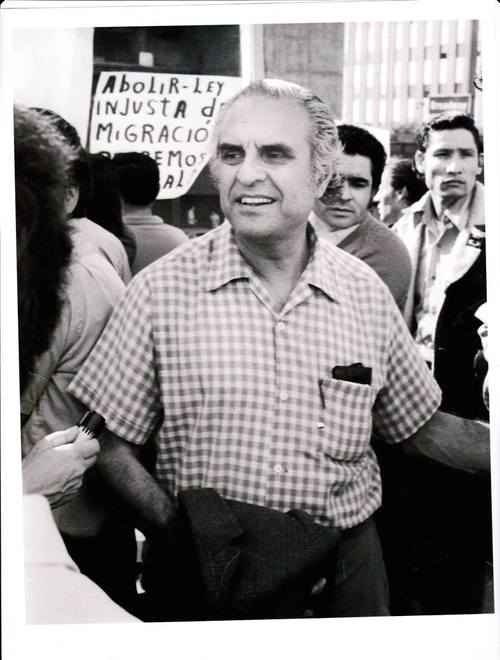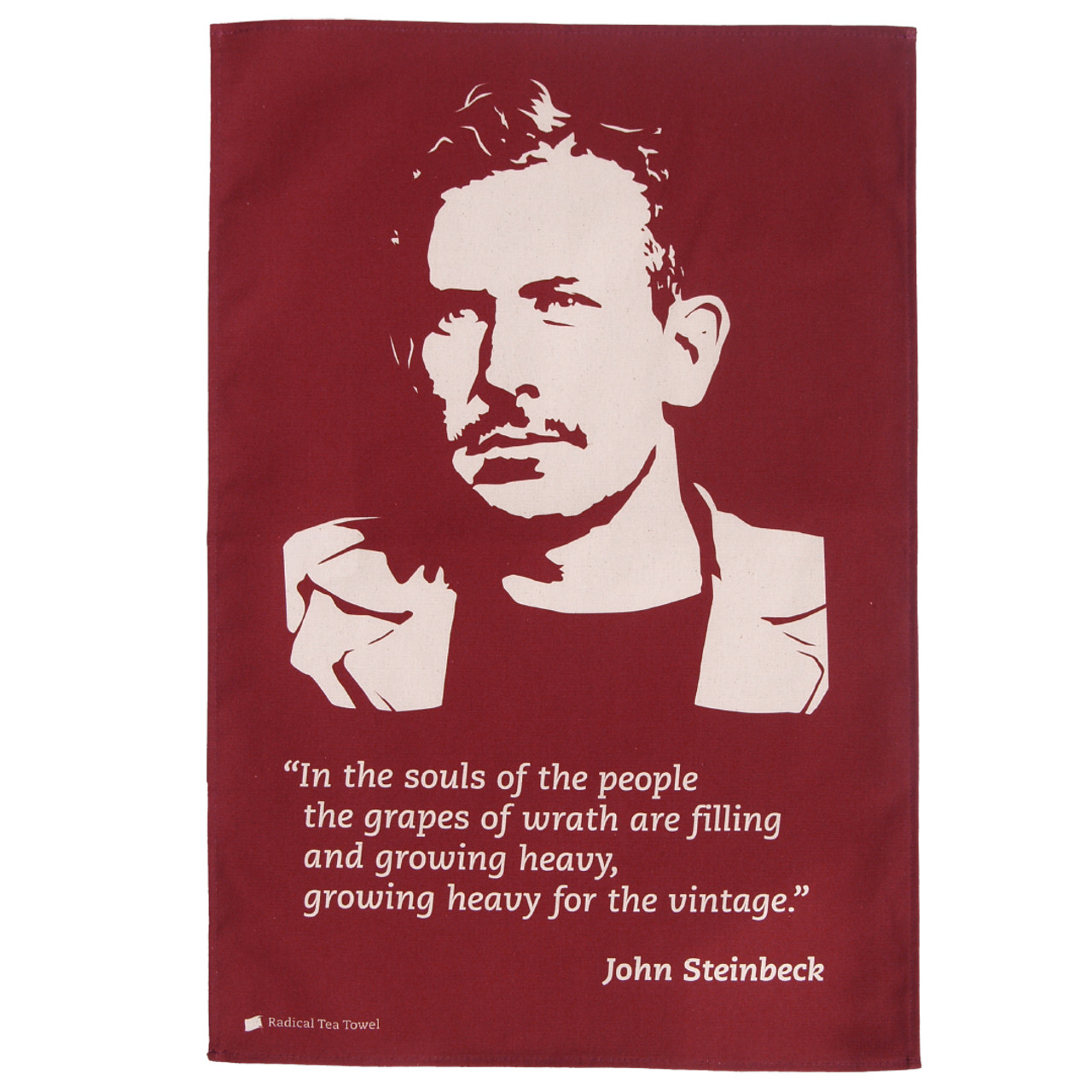The "Old Man" of the Mexican-American Labor Movement
Posted by Pete on Jun 2nd 2024

Born on 29th May in 1918, Bert Corona was a leading twentieth-century activist and labor organiser
The Mexican American labor movement during the twentieth century was bigger than just Cesar Chavez, formidable as he was.
Laborers from the Mexican and Latin American migrant diaspora in the U.S., and their descendants born inside the country’s borders, have formed an integral part of the modern American working class.
It’s no surprise, therefore, that countless skilled organizers and leaders have emerged from this background.
Leader of the 1960s Delano Grape Strike, Cesar Chavez was one of the leading labor activists of the twentieth century
See the Cesar Chavez tea towel
Besides Chavez, another key Mexican American labor leader during the twentieth century was Humberto ‘Bert’ Noé Corona, born today in 1918, in El Paso, Texas.
Bert was part of a family shaped by the radical political traditions of modern México.
His dad fought in the
Mexican Revolution during the 1910s, and was secretly organizing for the revolutionary movement in México from just across the border.
The Corona family briefly moved to México in 1922, until returning to El Paso, where Bert continued his education in Texas and New Mexico.
It was at school that Bert first encountered anti-Mexican racism in the U.S.
His mom, a schoolteacher from Chihuahua province, removed Bert from his first school because of the racial discrimination he faced there.
The same happened at his new school in Albuquerque. But this time, Bert took the lead in organizing his Mexican American classmates to fight for their dignity.
He led a student strike protesting the biased and triumphalist depictions of key events in U.S.-Mexican history, such as the
brutal U.S. invasion of México in 1846, and the school backed down.
The Great Depression, so movingly depicted in Steinbeck's famous novel, had an especially brutal impact on Mexican workers
See the John Steinbeck tea towel
A talented student and athlete, Bert won a basketball scholarship to attend the University of Southern California (USC) in 1936.
Amid the popular left-wing ferment of the
New Deal years, however, Bert quickly became more interested in labor organizing.
He observed the especially violent impact of the
Great Depression on Mexican workers in the U.S., including those ‘repatriados’ who were deported the instant their presence became inconvenient to the very same U.S. bosses who’d happily exploited their labor throughout the 1920s.
Bert agitated for better housing for working-class Mexican Americans in the barrios of Los Angeles, and in 1937 he began taking part in labor union activities with the Congress of Industrial Organizations (CIO).
Bert Corona’s struggle for working-class liberation during these years – and throughout his life – was entangled with his struggle against racial discrimination. How could it not be, when the American working class has always been profoundly multiracial and often migrant-based?
As part of the CIO during the 1940s, Bert allied with the Spanish-Speaking People’s Congress of Luisa Moreno (1907-1992), a Latinx labor and cultural organization which refused to distinguish between the rights and dignity of migrant and native-born Latin American workers in the U.S.
In 1941, Corona then took a break from labor organizing during World War II, desperate to join the global struggle against fascism.
He served in various branches of the U.S. armed forces, although his efforts to get sent overseas to the battlefronts were routinely obstructed by right-wing officers opposed to his background in progressive politics.

By the end of his long life of activism, Bert Corona became known as "El Viejo", the "Old Man" of Mexican American activism
After the war, and despite the growth of McCarthyism during the 1950s, Bert resumed his organizing work.
It was during these years that he began to work with Cesar Chavez, initially as part of the Community Service Organization (CSO) in California.
Bert joined the Asociación Nacional México-Americana (ANMA), backed by the more left-wing U.S. labor unions.
In 1951, he went to México City as the ANMA delegate to an international conference of mineworkers. There, he befriended key figures on the Mexican left, including
Frida Kahlo and Diego Rivera.
Back home, in 1960, Corona co-founded the Mexican American Political Association (MAPA), intended to force the Democratic Party to be more responsive to the interests of the Latinx working class.
Bert also worked with the Hermandad Mexicana Nacional (HMN) organization, fighting for the political and social rights of migrant labor from Latin America.
On the intellectual front, Bert soon became a key figure in the emerging field of Chicano Studies at U.S. universities during the 1960s and 1970s, which sought to write Latinx stories, agency, and contributions back into the history of the U.S., where they’d so often been erased.
Towards the end of his life, he became known as
El Viejo - "The Old Man," a moniker that paid tribute to his long life of activism.
From childhood, Bert Corona bore witness to the intersections between class exploitation and racial oppression in U.S. society.
His life of activism – economic, political, and intellectual – was a model of how to resist in the name of a freer and more equal future.


